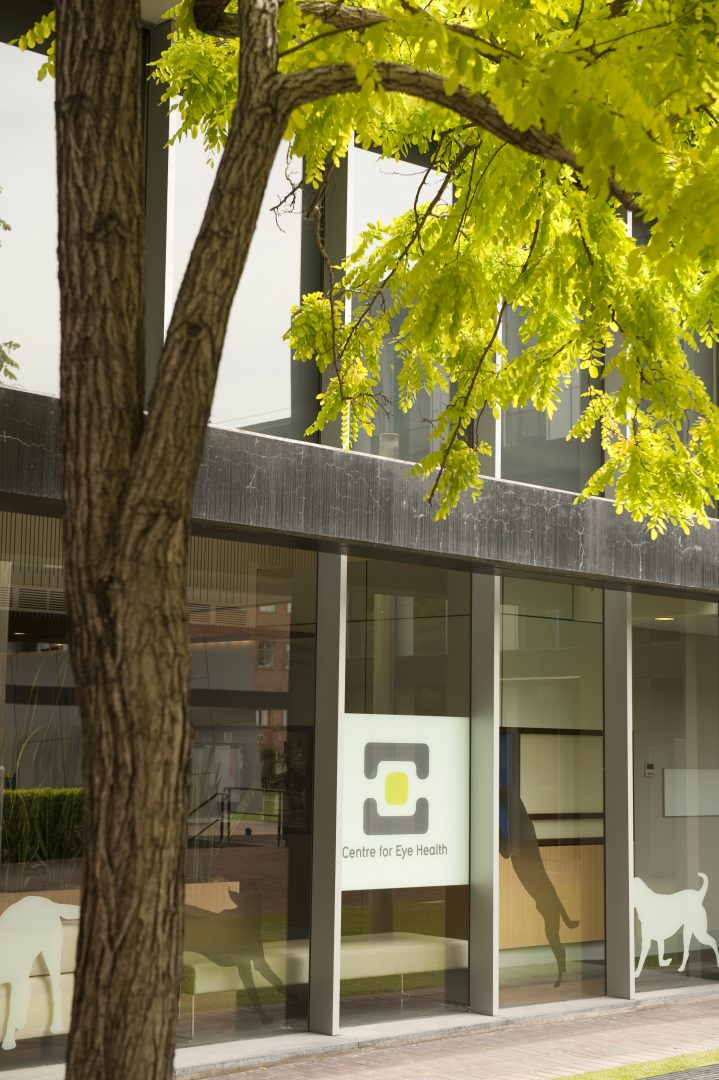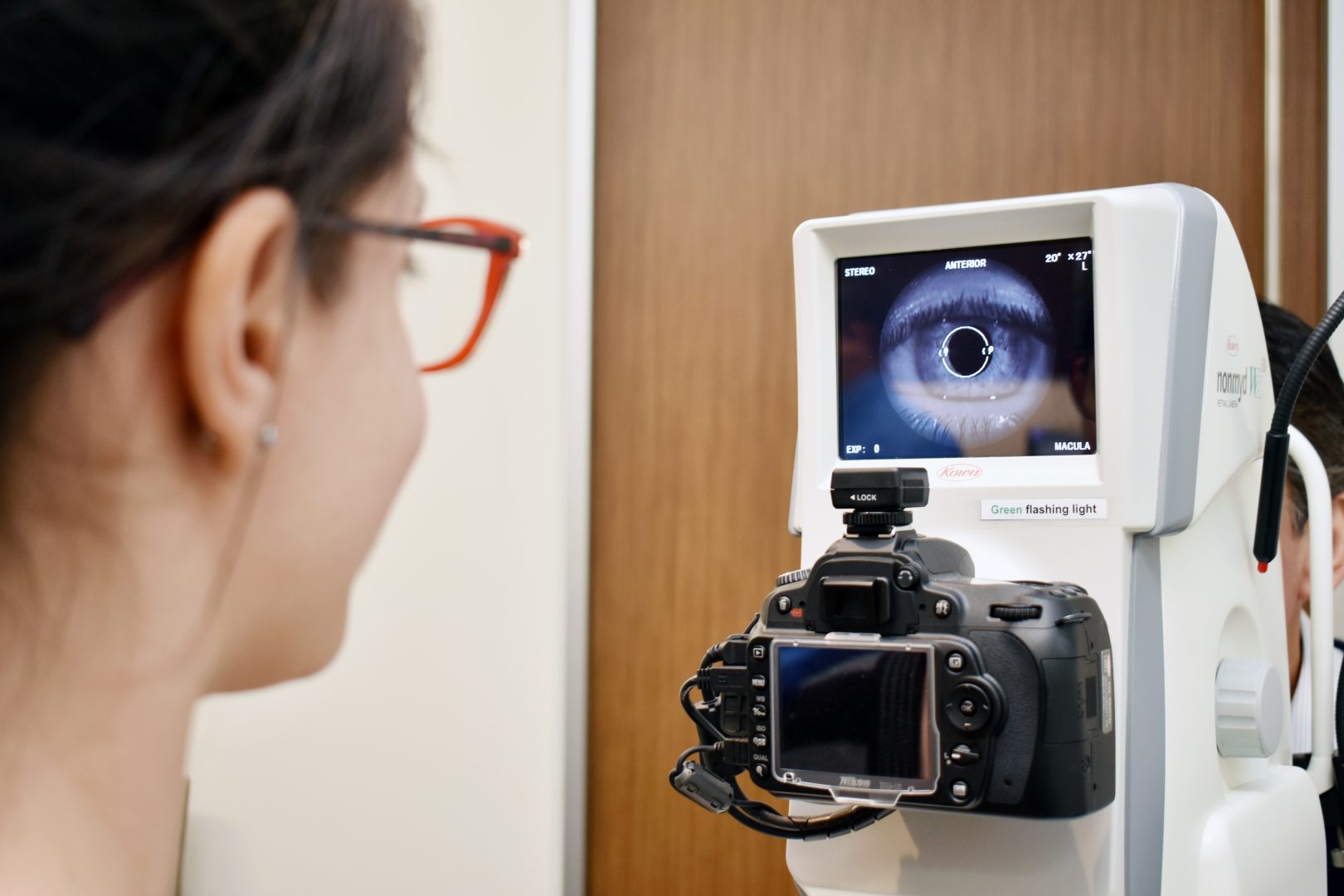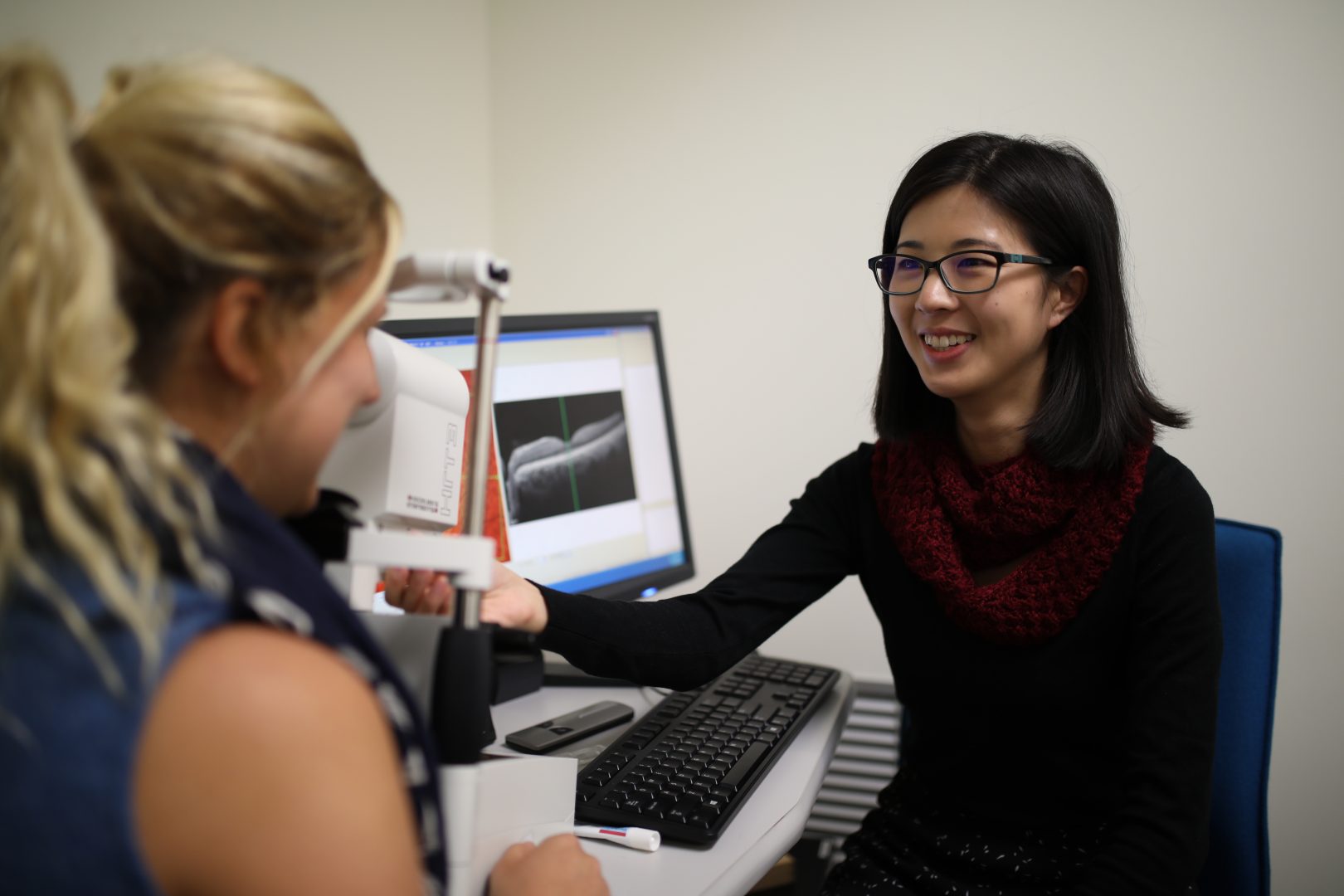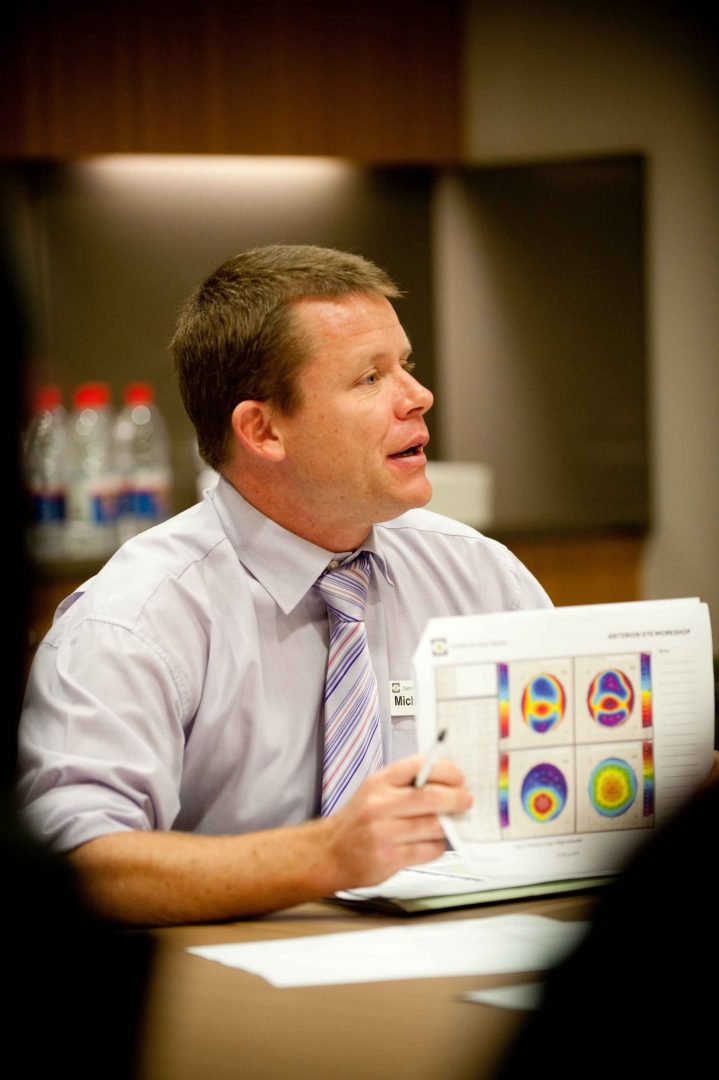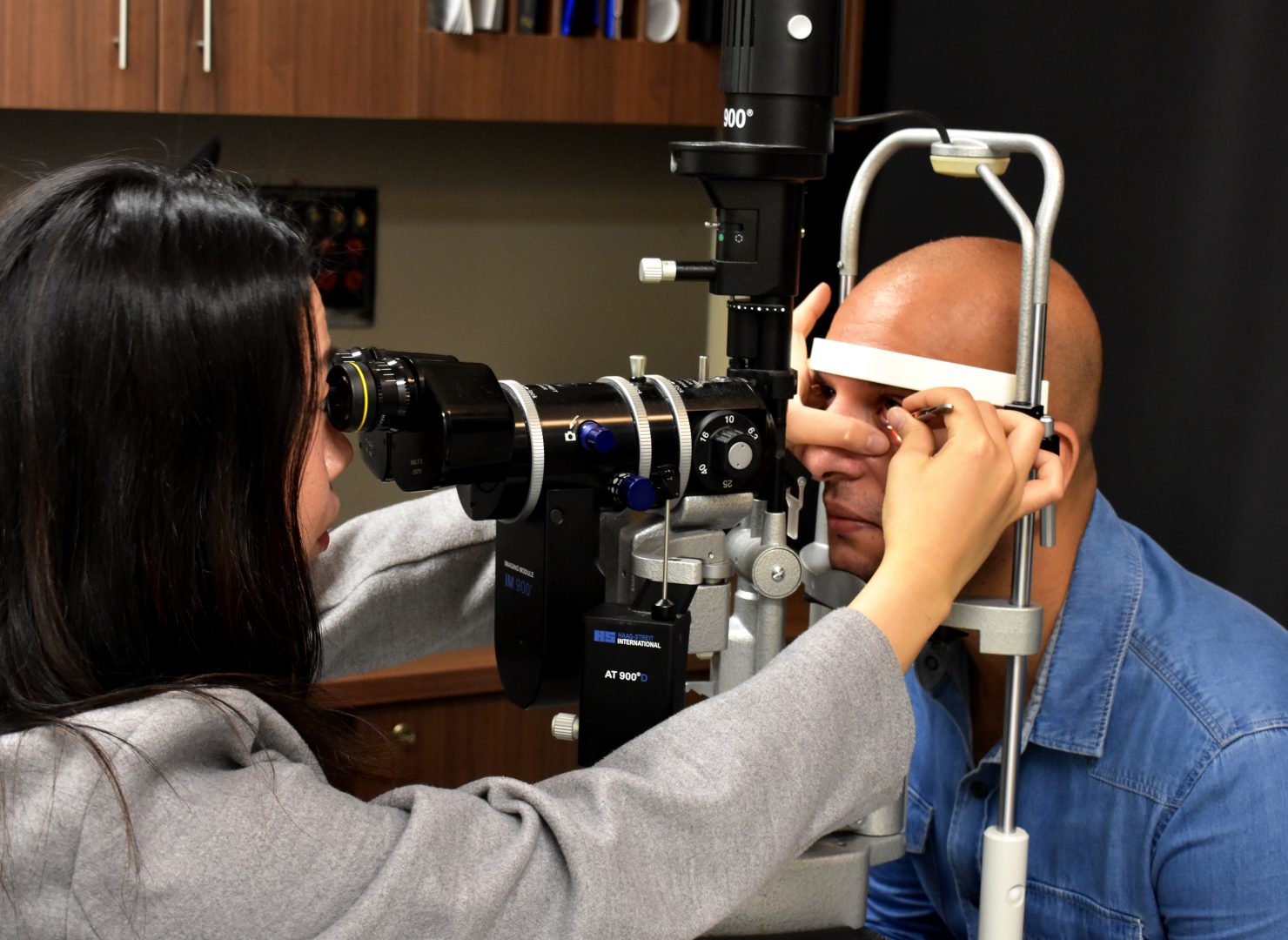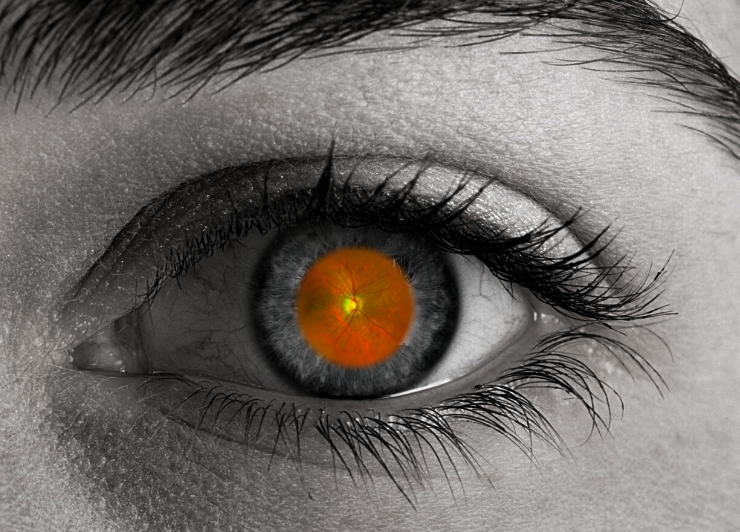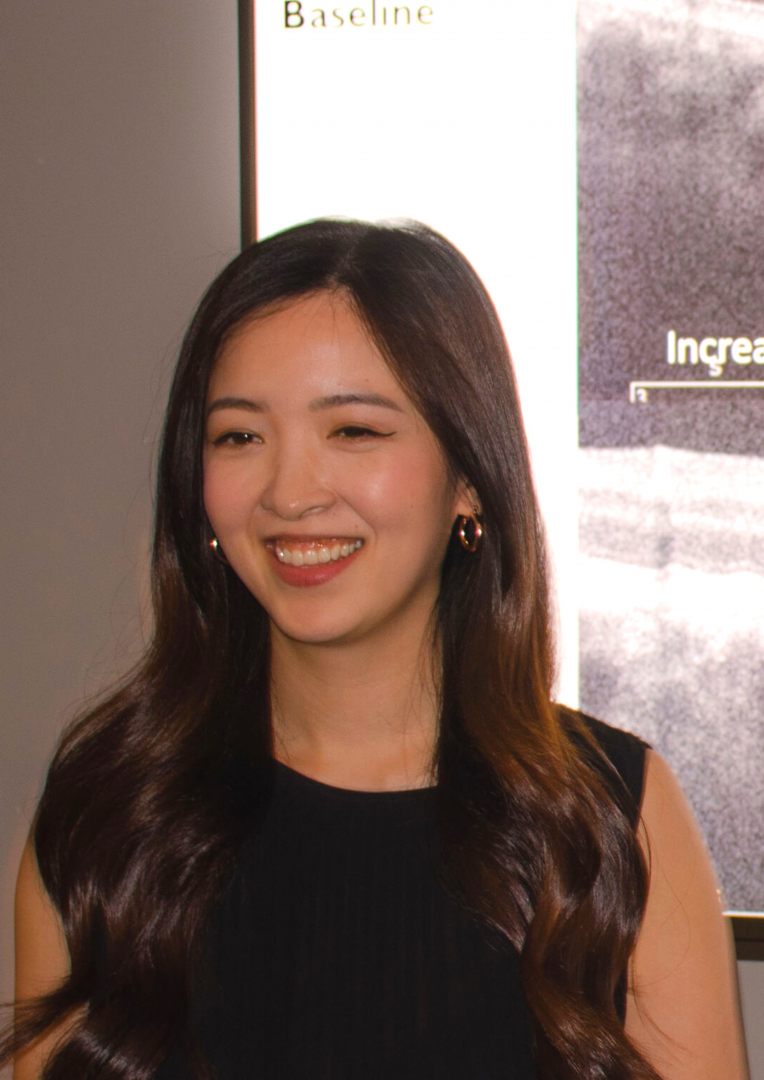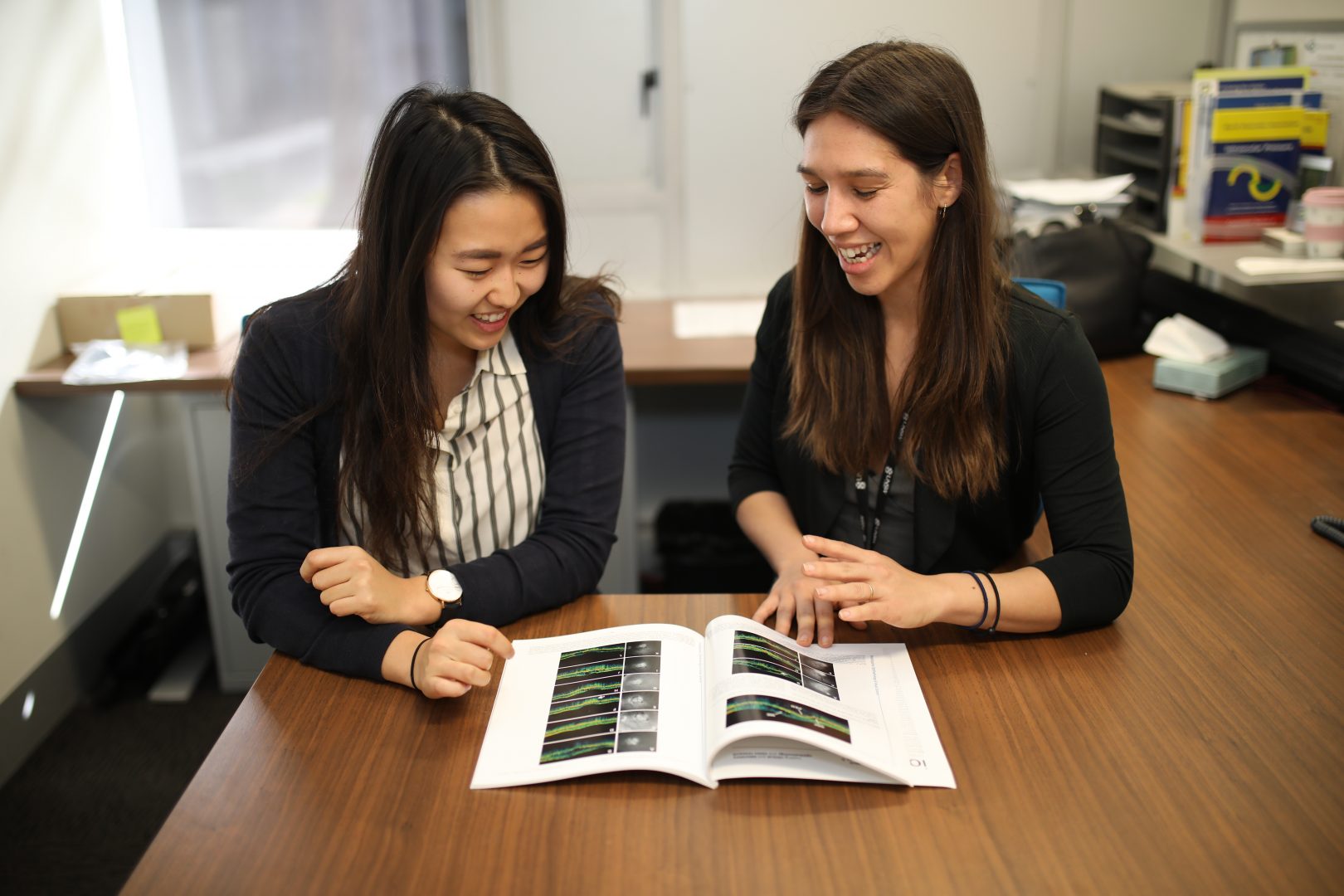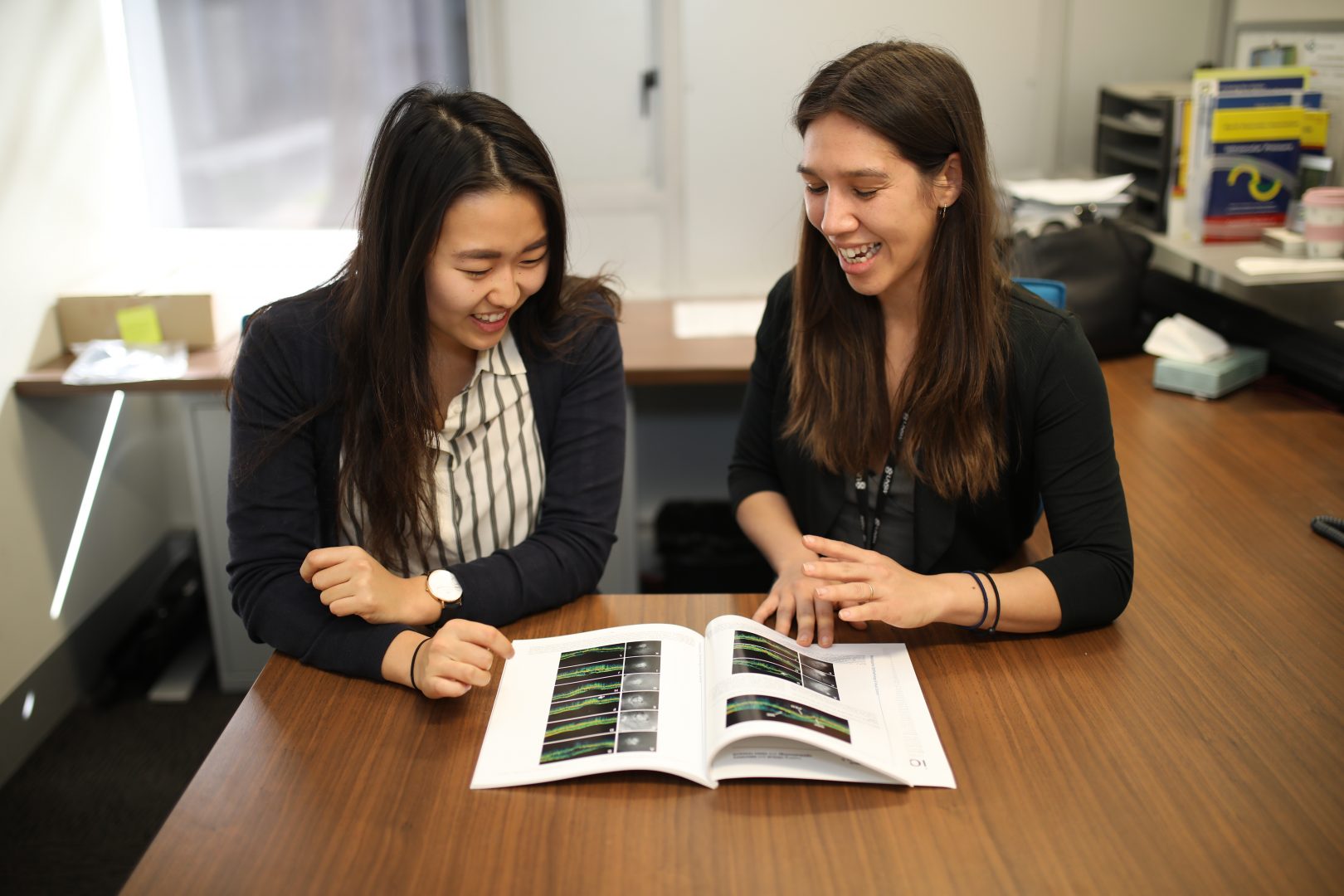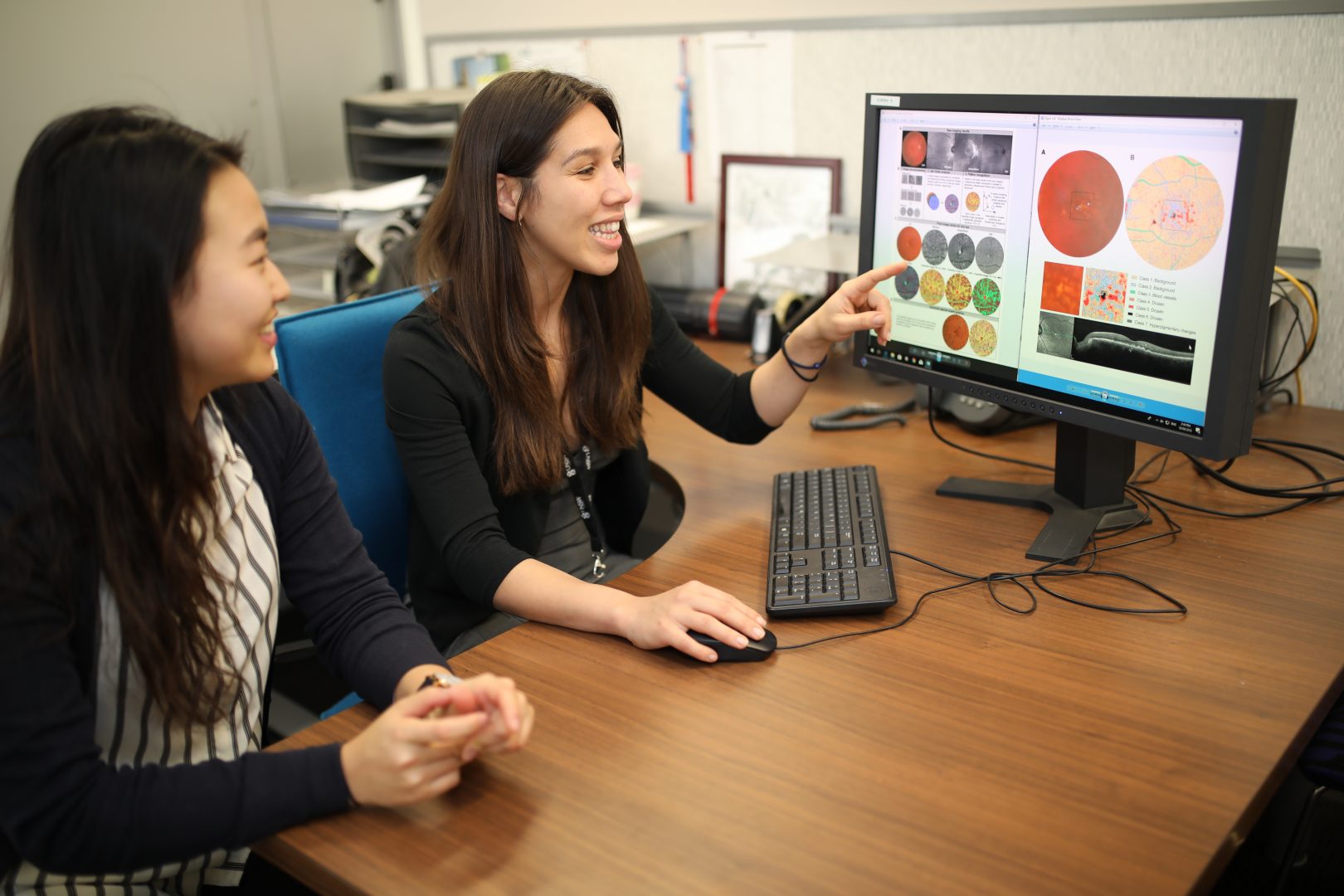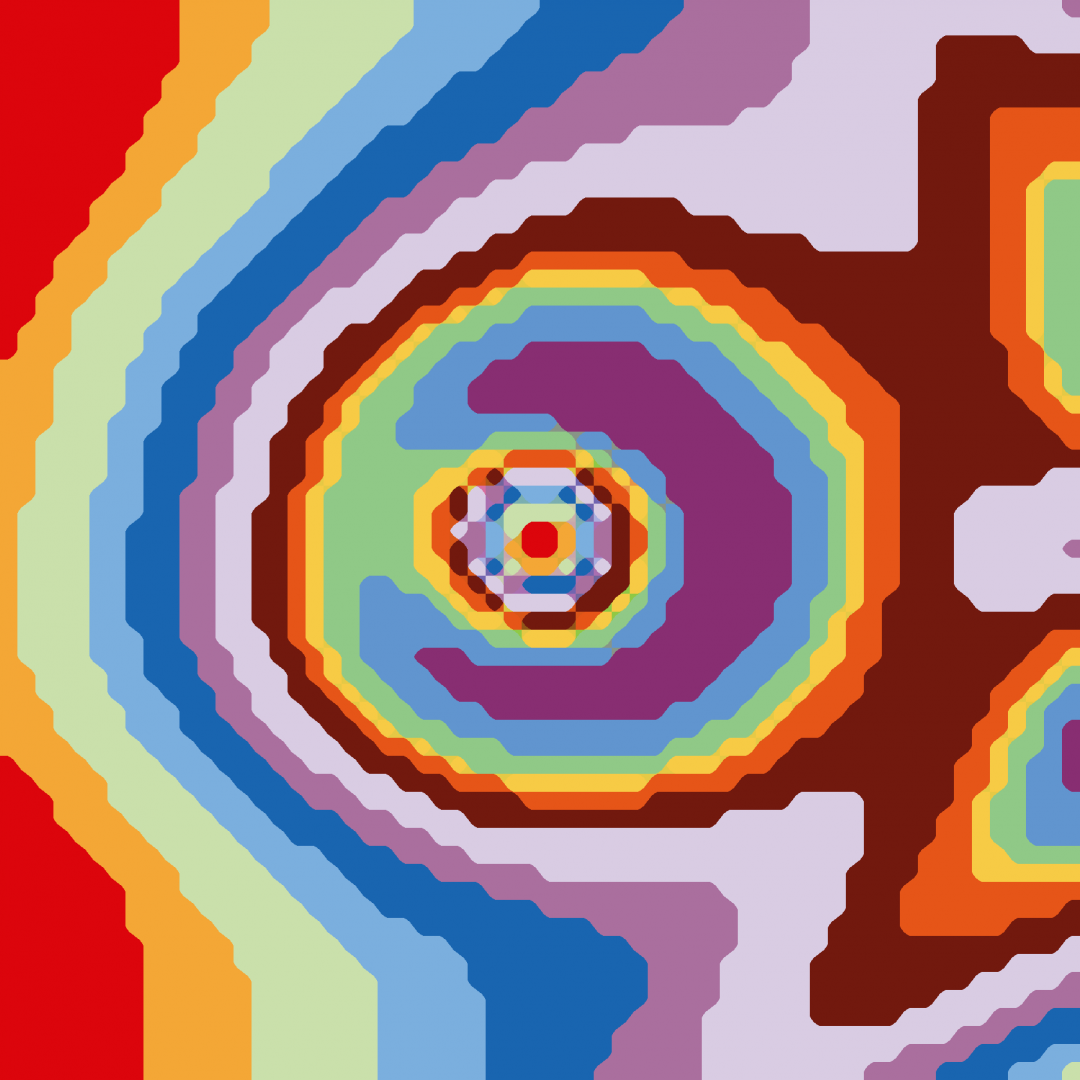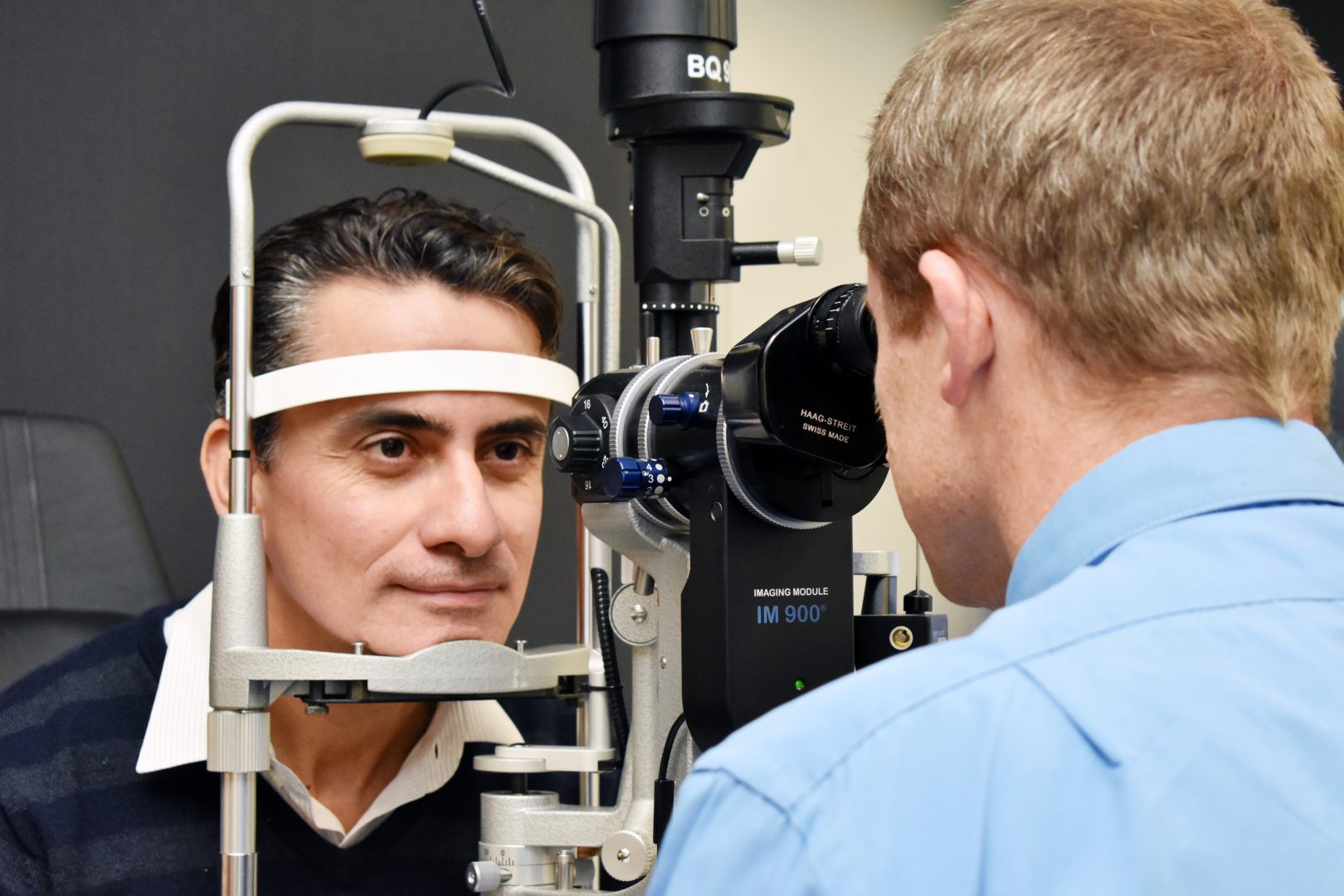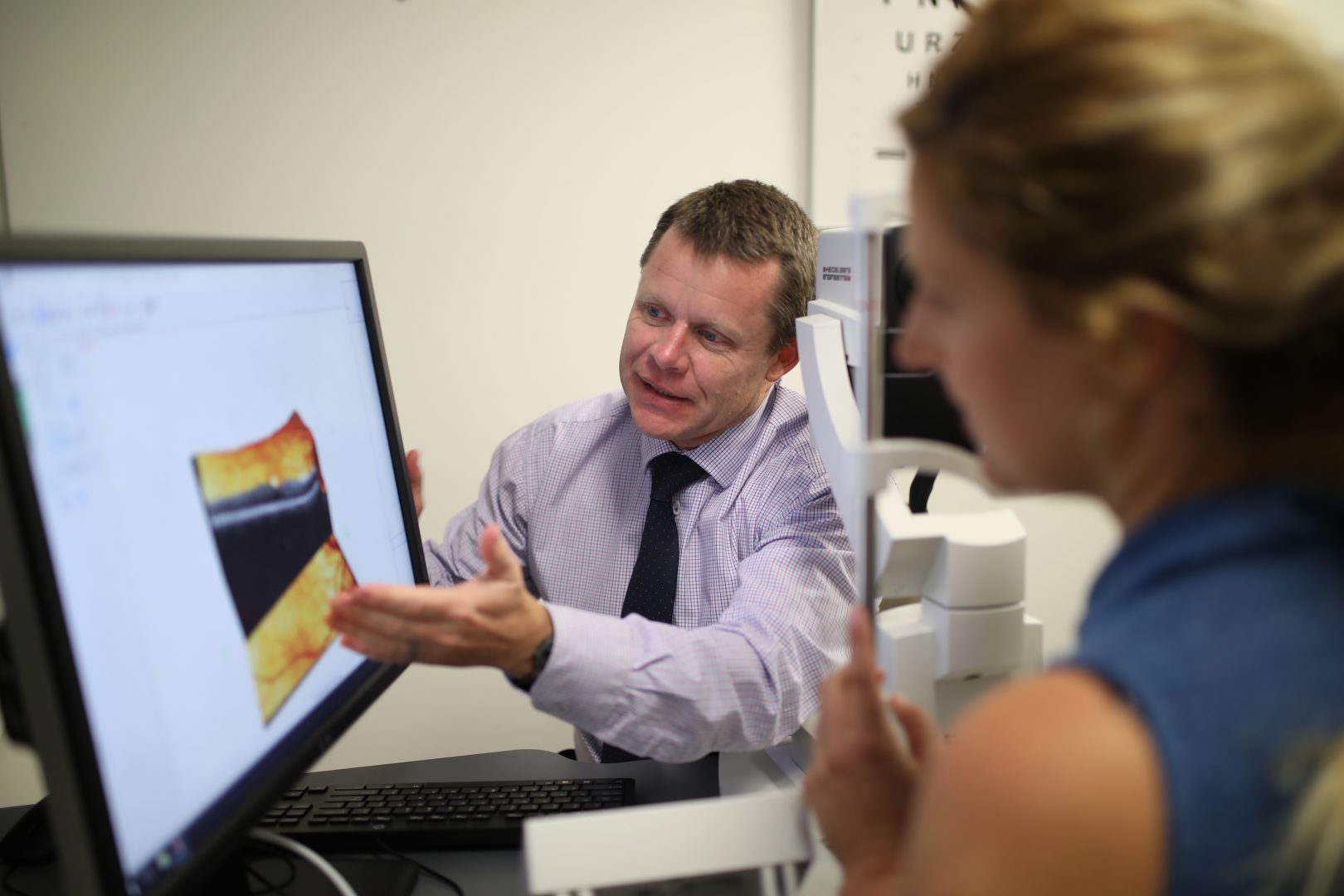
- Refer a Patient
- Referral Types
- Patient Information
- Overview of CFEH Clinics
- CFEH Instrument List
- Our clinical team
- Causes of Vision Loss
- Patient Forms
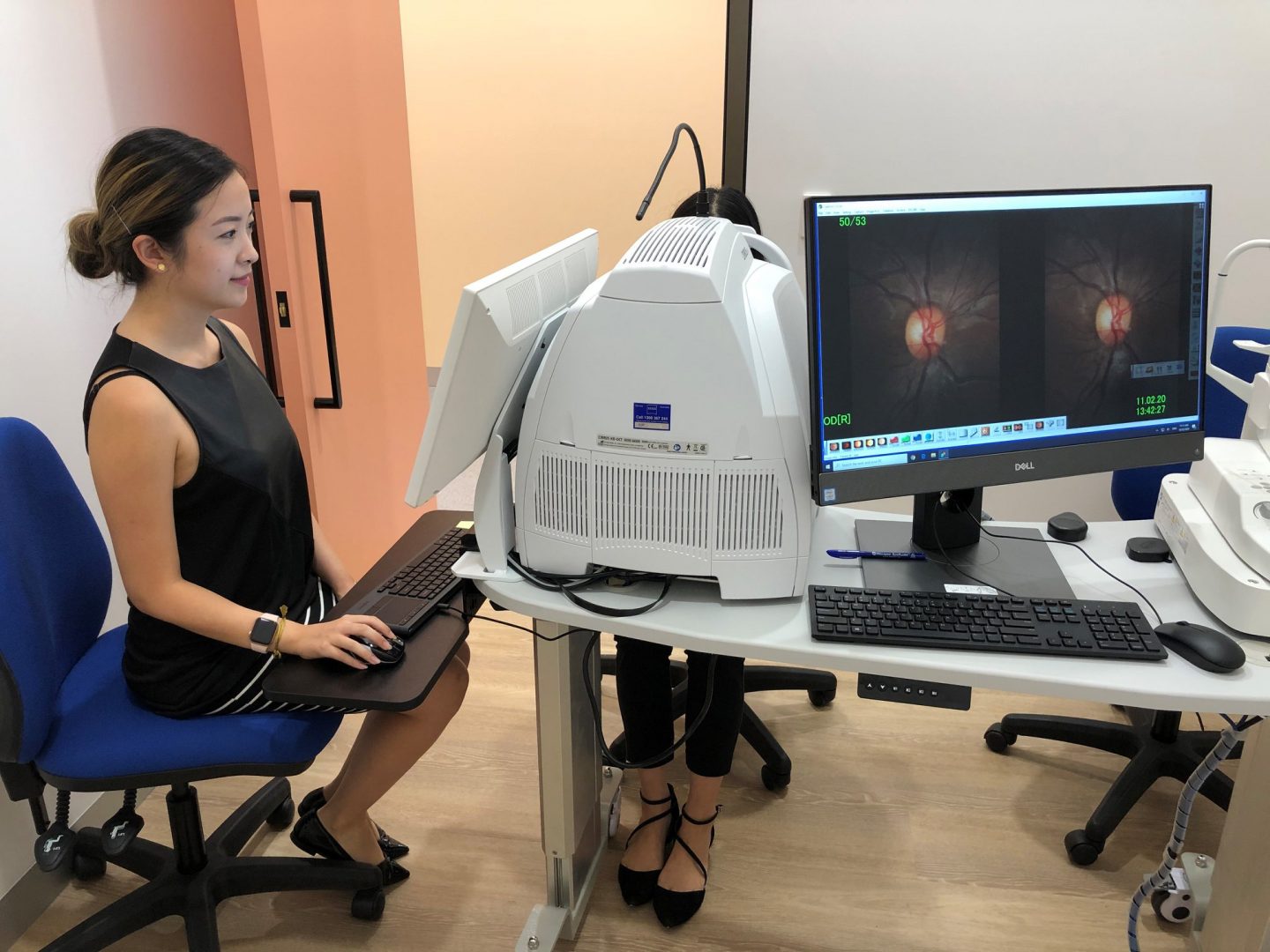
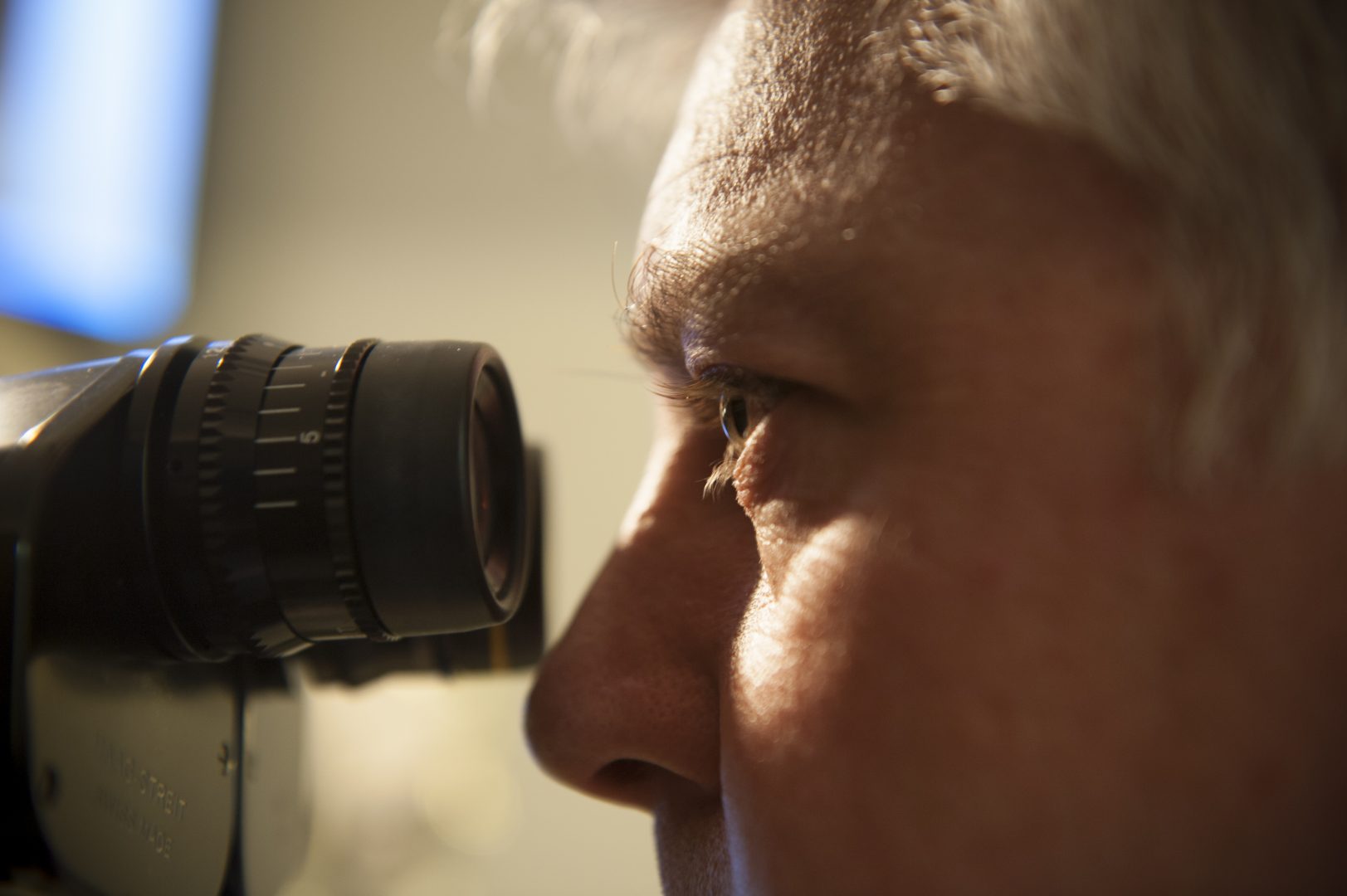

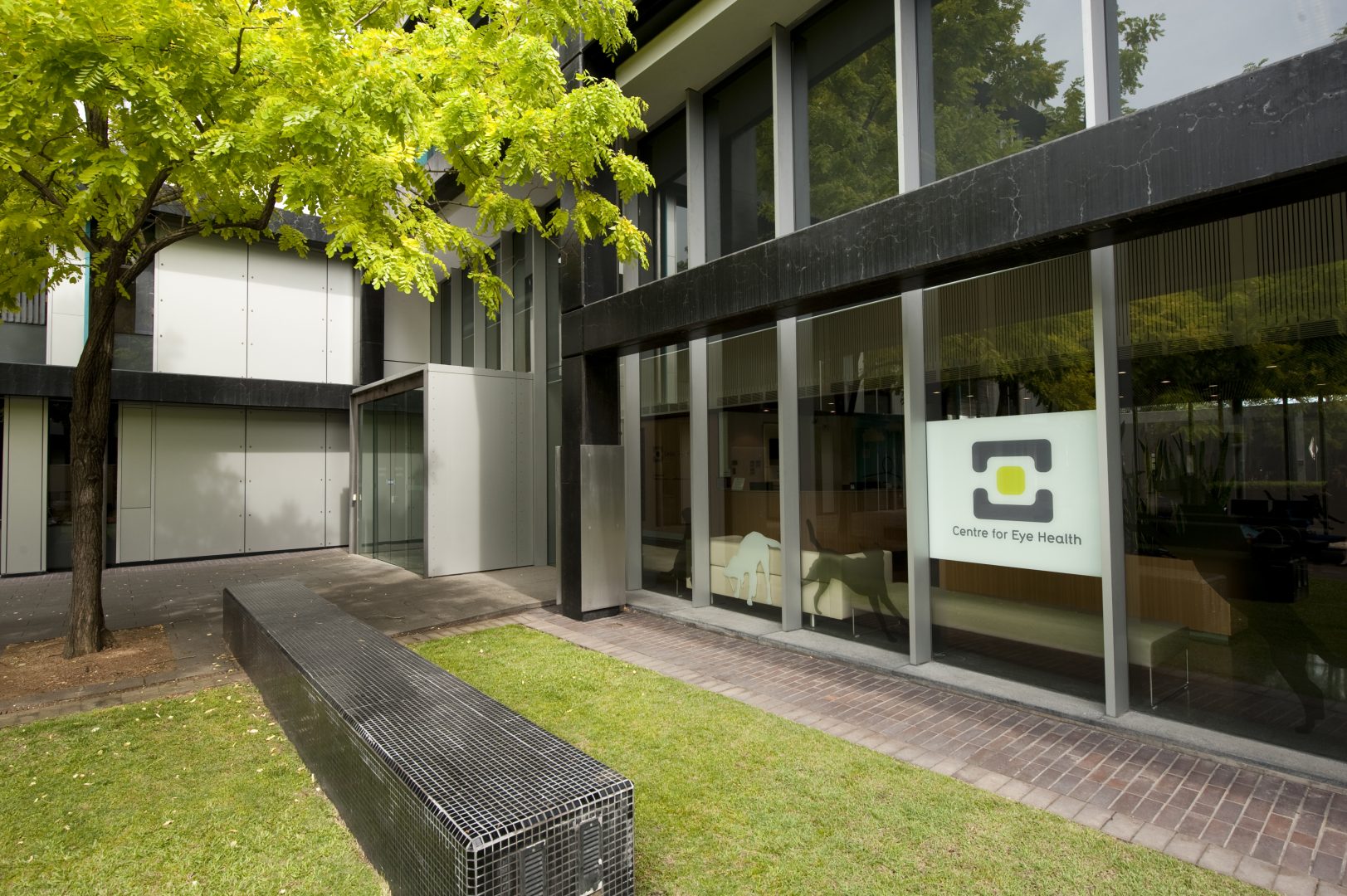
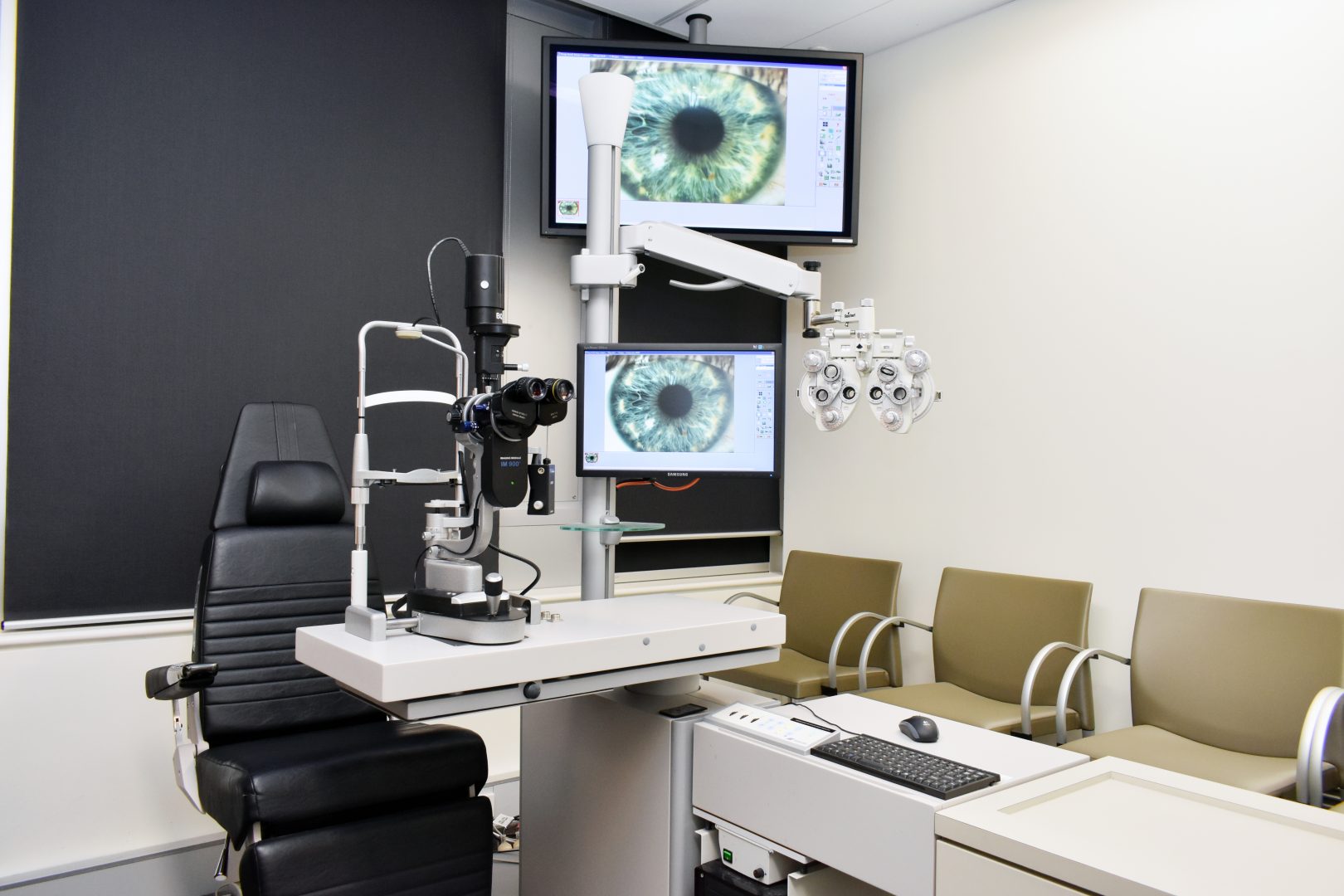
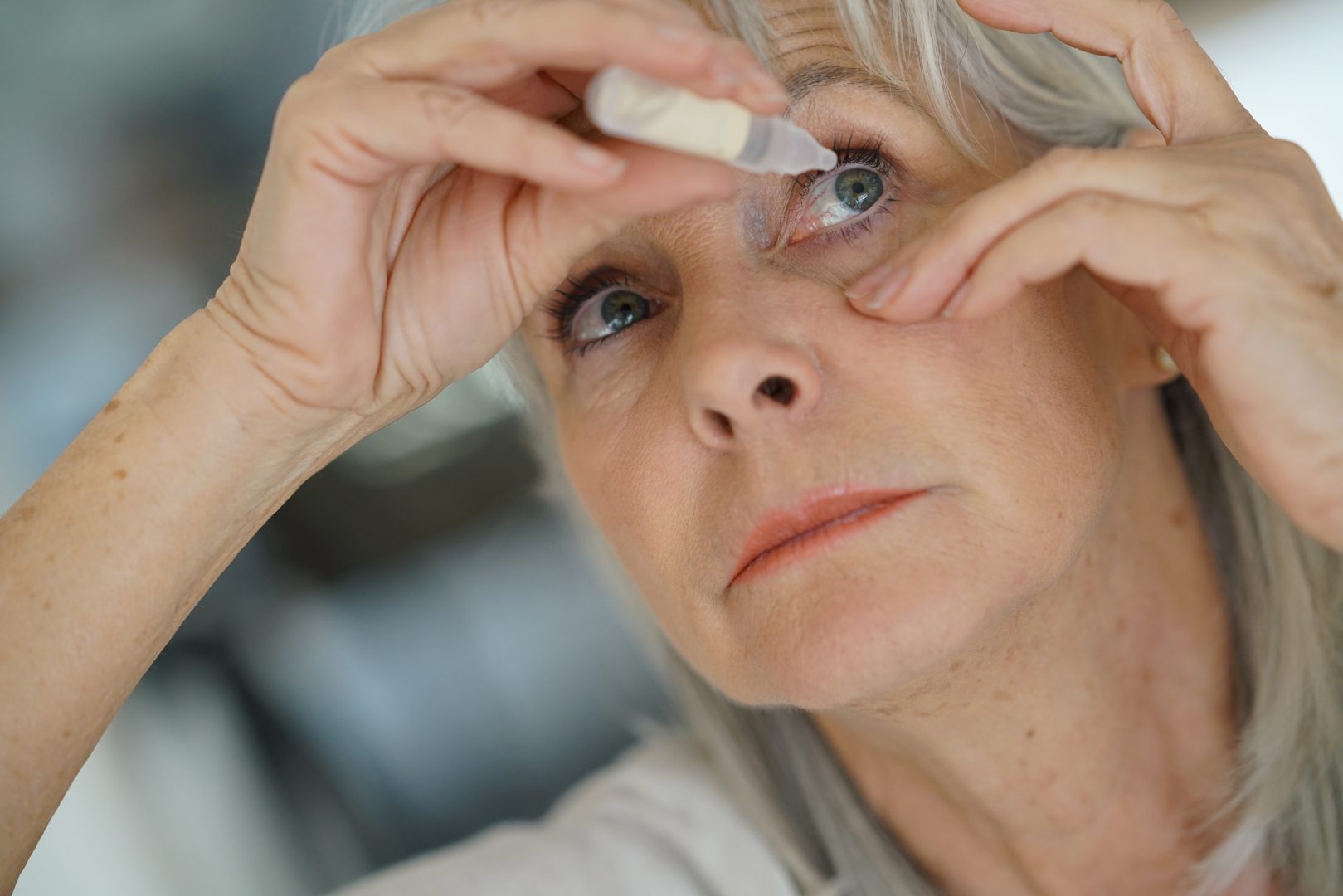
A stroke happens when the brain doesn’t have enough oxygen due to a sudden interruption of blood flow to the brain. Due to the lack of oxygen, cells in the brain can start to die, causing permanent damage. The effects of a stroke depend on what parts of the brain were affected by the lack of blood flow and oxygen.
Some effects, for example, could be on speech, muscle control, mobility, and vision. If a stroke affects the parts of the brain that allow you to see, it can result in vision loss.
Your eyes send visual information to several different parts of the brain which process and interpret this information allowing you to see and perceive objects. If any of the pathways to these areas or if these areas of the brain have been impacted it can cause sight loss. Most commonly, a stroke will affect the back of the brain called the occipital cortex.
There are two types of strokes:
Ischaemic stroke is caused by blood clots preventing the brain from receiving the oxygen and the nutrition it needs. This is the most common cause of a stroke.
Transient Ischaemic Attack, or mini stroke, is caused by a temporary blockage cutting off the blood supply to the brain for a short period before the supply returns to normal. The symptoms for a TIA can last from between a few minutes and 2 hours, but can sometimes persist for up to 24 hours. If the blockage of blood supply affected the eye it can lead to temporary vision loss. If a visual processing area of the brain has been affected, you may experience double vision or vision loss on one side. It is important to seek urgent medical attention as it can be an early warning sign of someone at risk of a stroke.
Haemorrhagic stroke is caused by bleeding in the brain due to weakened blood vessel walls.
One in four people worldwide will suffer from a stroke during their life. Around a third of people who have a stroke experience vision loss. More than 440,000 Australians are living with the effects of stroke.
-
Signs of a stroke
The Australian Stroke Foundation recommends using the acronym FAST to recognise the signs of someone who is having a stroke:
- Face – check their face. Has their mouth drooped?
- Arms – can they lift both arms?
- Speech – is their speech slurred? Do they understand you?
- Time is critical. If you see any of these signs call 000 straight away
-
Symptoms of vision loss
A stroke can affect you in many different ways with the symptoms and degree of damage caused varying from person to person.
Vision loss can be classified into the following types:
Scotoma which refers to “blank” or missing patches of vision.
Hemianopia, which affects half of your vision from each eye. You may not be able to see either left or right from your central vision straight ahead in both eyes. For example, if the brain has been affected on the right side, your vision may be affected on the left side of each eye, therefore causing vision loss to the opposite side to the impacted brain area.
Quadrantanopia, which affects a quarter of your vision in both eyes.
Some of the ways that your vision can be affected by a stroke if it has affected the eye or the pathway to the processing centres in the brain include:
- Blurry vision
- Visual field loss, which can be partial or whole sections of the area you can see, including central vision (looking directly in front) or peripheral vision (side vision)
- Difficulty processing visual information or making sense of what you see (visual neglect), which affects the perception of things around you, like being unaware of objects to one side
- Difficulty with eye movements, when the eyes do not work together as a pair, or the inability to follow moving objects or jumping from one object to another
- Double vision (diplopia)
- Sensitivity to light
- Difficulty recognising people or objects (agnosia)
- Dry eyes
- Visual hallucinations, like seeing objects, colours, or patterns that aren't really there
-
Causes and risk factors
A stroke can affect anyone, but there are some risk factors that can increase your risk of having a stroke, including:
- High blood pressure
- High cholesterol
- Diabetes
- Age
- Heart disease
- Smoking
- Obesity
-
Reducing the risk
You can lower your risk of a stroke by making healthy changes such as:
- Eating healthy
- Controlling your blood pressure and keeping it in the normal range
- If you have heart disease, get treatment
- Do not smoke
- Staying a healthy weight
- Stay active
- Controlling your cholesterol and keeping it in the normal range
- Controlling your diabetes and keeping your blood sugar at a normal rate
- Speaking to your general practitioner if you have a family history of heart disease, high blood pressure, high cholesterol, or strokes
-
Diagnosis
Your eye care professional will conduct an examination of your eyes which may include:
- Checking your visual acuity, which is your ability to see at different distances. This can include recognising letters at varying distances
- Assessing your visual field for any impact
- Checking your retina at the back of your eye with an Ophthalmoscope by shining a light into your eye and looking through different lenses, or using an Optical Coherence Tomography scan (OCT) which creates a 3D cross section image to see the layers in the retina or take a digital colour photo of the retina
- Checking the surface of your eye and other structures within the eye with a microscope called a slit lamp
- Measuring your eye movements and eye movement control
- Measuring the pressure in your eyes
-
Treatment
For some, vision loss after a stroke may improve over time, whereas for others, the vision loss might be more permanent depending on the extent of the damage and the type of stroke.
The main treatments for vision loss after a stroke are focused on rehabilitation. This can take on several different forms through visual training with or without optical aids or computer-based programs to help create new visual pathways, depending on how your vision has been affected.
For example, if your visual field has been impacted, you can be taught how to use visual scanning techniques to help you compensate for the lost vision.
If parts of sentences are disappearing whilst reading, you can use a ruler to help guide you and find your place.
Treatment to eliminate double vision (diplopia) or vision neglect may include the use of prisms (lenses that bend light in a specific way to shift images) or covering one eye.
There are various eye care specialists who can assist you with the best options available such as optometrists or orthoptists who specialise in vision loss. A specialist healthcare provider can recommend which management options could work best for you.
For more information
- Visit Stroke Foundation
- Always speak to your GP and eyecare professional about the best treatment options for you


